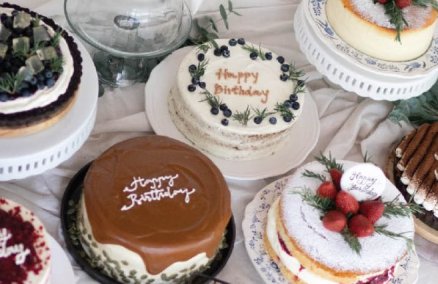Nothing against Q Bar, but you’d be forgiven for assuming that the new Japanese restaurant on the second floor of the complex was a lame, inauthentic Koi copycat built on the cheap, not the surprisingly serious sushi-ya (“sushi shop”) that it is. After all, the proprietor is Canadian and the concept originated in Indonesia. And to be (perhaps too) frank, few of the punters that pack the Q these days seem like they would appreciate the subtleties—let alone the expense—of high-level Japanese cuisine. And by “serious” we don’t mean uptight and academic, but that the quality of the sashimi and sushi is arguably among the best you’ll find in Bangkok.
Co-owner David Lombardi is originally from British Columbia, Canada, and an architect and designer by trade, but he knows a bit about Japan and its food having lived there for more than a decade—plus his wife is Japanese. While working as an architect, Lombardi also ran restaurants in Japan and then in Indonesia, including Wasabi in Bali, which was named to Conde Nast’s international “hot tables” list shortly after it opened three years ago. Lombardi might still be there, if not for a “dispute” (to put things mildly) with his former partners. But Bali’s loss is Bangkok’s gain.
It is obvious that Lombardi delights in the small details, which are everywhere in Wasabi@Q—details like the Japanese dolls that mark the men’s and women’s bathrooms, or the curve of the passage that is meant to resemble the curve of a ship. Another is the bare walls that may look unfinished but can be explained by the concept of “wabi sabi,” which can be roughly translated as “rustic, or unfinished, beauty.”
The L-shaped restaurant is quite small, with a half-dozen or so tables and seating for a few more at the sushi counter. On the opposite end of the narrow room is a glass wall through which you can watch the congested traffic and comings and goings of Q Bar punters below. The room is dark and darkly decorated, save a brightly lit showroom-like space in the center of the room—a “lounge” with stools inspired by wooden crates.
The same attention to detail can be seen, and tasted, in the food. For example, the lobster (in the beef rolls) is Atlantic lobster, the soft-shell crab in the Black Spider Roll (B560) is from Martha’s Vineyard and the kani (crab) salad (B300) is made with real crab, not crap crabstick. The menu is limited to a few starters, sashimi, sushi and signature fusion rolls, some of which, purists should be warned, don’t contain rice. Thinly sliced beef takes the place of dried seaweed in the Beef Rolls, for example, with three choices of filling: foie gras (Australian beef (B640), Kobe (B1,280), shrimp tempura (B640, B1,280) or lobster tail (B840, B1,490). The fusion creations get the most press, but connoisseurs will appreciate Wasabi’s more traditional—specifically, raw—fare. The sushi here is Niigata-style, named after the coastal prefecture where Lombardi lived in Japan that is famous for its rice, sake, seafood and ski resorts. So the sushi rice is a bit more firm (what the Italians call “al dente”) than what most of us are used to, and the fish is cut in bigger pieces.
The best days to visit Wasabi are Tuesday and Friday, when the seafood arrives from Tsukiiji market in Tokyo. While the majority of Japanese restaurants in Thailand are supplied by the same handful of importers, Lombardi has his own agent, which, he says, is the only way to insure top quality. (Evidence it's working: The uni sushi, B560, is potentially orgasmic.) But this of course comes at a price: Be prepared for a shock if your idea of Japanese is set lunch at Fuji. At Wasabi, sushi sets range from B560 to B1,200, and the sashimi set with two slices of five kinds of seafood is B1,900. Or you can order a la carte—from B160 for two slices of tuna or salmon to B2,100 for a pair of succulent o toro. Outrageous? No, serious.
Dining Details
Try serious sashimi at Wasabi. Open daily 7pm-midnight, at 2/F, 34 Sukhumvit Soi 11, 06-002-1727. AE, DC, MC, V.
Advertisement















